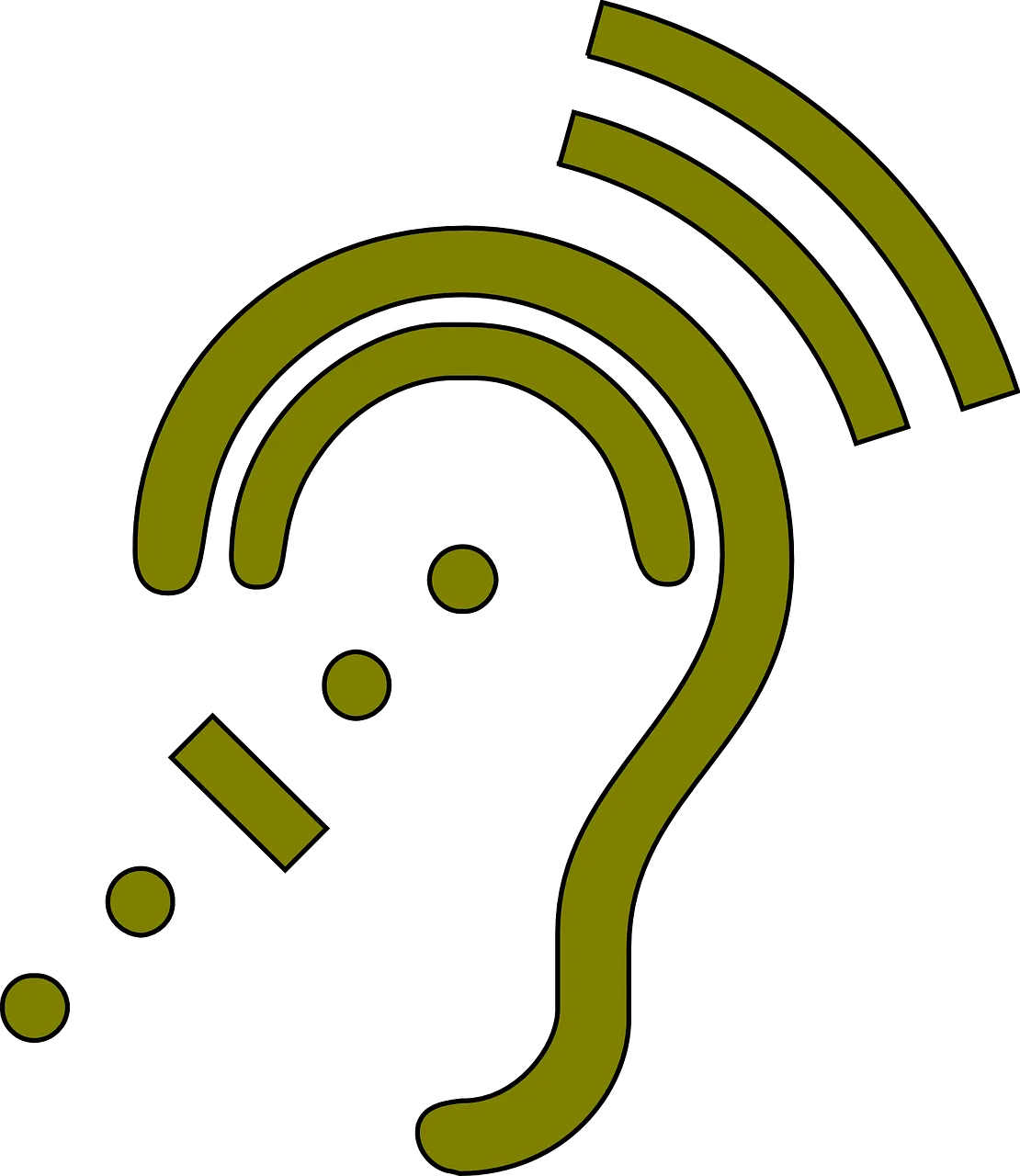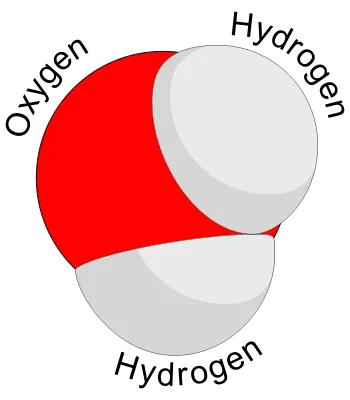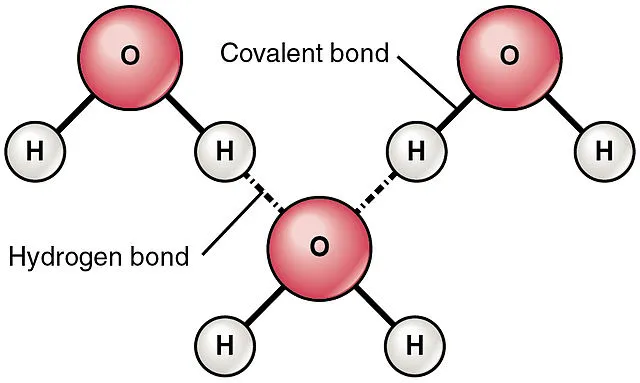The brain is a beautiful tool which pushes our senses to decipher many tiny little details. Some may be something we do unconsciously, which when we come to think more of it will significantly amaze us.
Think, for instance, the sound the water makes as it gets poured into a bowl. Many of us instantly know a liquid is poured into the cup and may even go as far as stating the temperature of the fluid.
To put this little knowledge to the test here. Just grab an earphone and take a listen to the two sounds that water made as it gets poured into a glass.
Which of the sound do you think is hot water and which do you think is cold water?
We will find out how much you fared later on the article.
The test was initially inspired by Condiment Junkie, a British company that are into sensory-branding. They make use of sensory strategy, such as brand scent or sonic mnemonic, to make consumers identify with a product. The strategies which they employ all have scientific underpinning which they say is guaranteed to provide the desired result.
You would surprise that you may have nailed the test.
Over the years, your brain has subconsciously made a choice of rightfully picking which liquid is hot or cold just by the sound of it.
The difference between the two is something to do with the branch of science known as the fluid mechanics and more specifically the viscosity of the liquid. The viscosity is basically a measure of how "thick" or "thin" a liquid is.
Warm water is less viscous than cold water, this implies that its molecules
do not cling readily to one another as in the case of a cold water.
Assuming you have a powerful microscope, say a scanning tunneling microscope (STM), to observe water molecules. The water molecules has the shape of a bommerang.
At each point of the apex of the boomerang, an oxyhen atom has two hydrogen atoms. But we all know that oxygen loves electrons, by pulling electrons and hydrogen to itself, it makes the oxygen to be minus.
The hydrogen, on the other hand, becomes plus. The water molecules as a solution has two types of charged atoms; the negatively charged hydrogen atoms and the postively charged oxygen atom. The negatively charged oxygens attract the adjacent positively charged hydrogens in a phenomenon known as hydrogen bonding. That is what makes the water to be viscous or "sticky".
But when the temperature of the water is increased by boiling, the water molecules starts to move more rapidly as a result of kinetic energy induced by the raise in temperature.
That makes the bond that glued them together to be loosened making the water to less viscous or runnier than the cold water.
As the hot water hits a container or glass, it fragments into more smaller particles which creates a higher pitch.
Now the results are in, Sound 1 is that of a cold water and Sound 2 is that of a hot water.
How did you fare?
Did you ace it?
Lemme hear your thoughts in the comment section.

The perception of time could be changed through the use of colour. Study finds that this affects only men.
A blue-painted room makes time appear to pass slower while that of a red room makes it appear faster.
This is because red makes us more alert by increasing the heart rate which makes us acutely more aware of time.

REFEERENCES
. Can you tell the difference between hot water and cold water by listening?
. Your Ears Can Actually Tell The Difference Between Hot And Cold Water
. Wikipedia: Temperature dependence of liquid viscosity
If you write STEM (Science, Technology, Engineering, and Mathematics) related posts, consider joining #steemSTEM on discord here. If you are from Nigeria, you may want to include the #stemng tag in your post. You can visit this blog by @stemng for more details. You can also check this blog post by @steemstem here and this guidelines here for help on how to be a member of @steemstem. Please also check this blog post from @steemstem on proper use of images devoid of copyright issues here.



